July 7, 1900: “The Kid” (Ironically) Becomes the Youngest Pitcher to 300 Wins
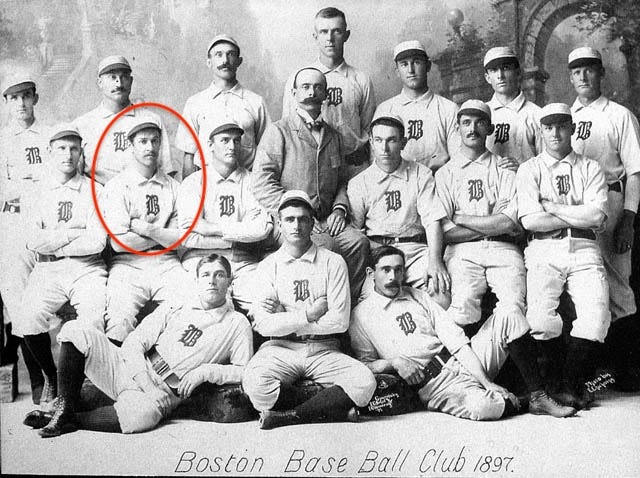
Charles Augustus Nichols, better known as "Kid" Nichols, was an exceptional pitcher who played in the major leagues from 1890 to 1906. He was a star from the moment of his major league debut at the age of 20 in 1890. Over the next nine years, he consistently achieved high victory totals.
Nichols won his 300th game on this date while playing for the Boston Beaneaters, now known as the Atlanta Braves.
This victory came just a month shy of his 31st birthday, making him the youngest player in MLB history to reach that milestone.
Nichols' achievement is even more remarkable when compared to other pitchers who have won 300 games.
For instance, Lefty Grove, Warren Spahn, and Early Wynn, the only hurlers to win 300 games in the last 40 years, were all relatively late starters in the race for that greatest of pitching crowns.
They all had fewer than 90 victories prior to reaching the age of 30 and had passed their 40th birthdays before attaining win No. 300.
Nichols' record of being the youngest to win 300 games still stands today, over a century later. He was elected to the Baseball Hall of Fame in 1949, cementing his place among the game's greats.
July 8, 1949: The Color Barrier Breaks for the G-Men
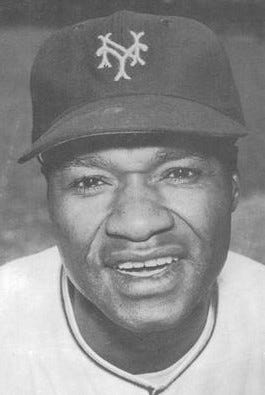
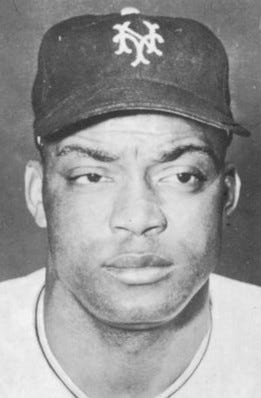
Today was the day Hank Thompson and Monte Irvin became the first black players for the New York Giants.
Thompson, who had previously broken the color barrier with the St. Louis Browns in 1947, started at second base. Irvin, who had a successful nine-year career in the Negro Leagues, made his debut as a pinch-hitter in the eighth inning.
The game was played against the Brooklyn Dodgers at Ebbets Field. When Thompson stepped up to bat against Don Newcombe of the Dodgers, it marked the first time in Major League history that a black pitcher and a black hitter faced each other.
Despite the event's historical significance, the Dodgers went on to win the game 4-3.
Thompson and Irvin's debut was a landmark moment in the integration of Major League Baseball. Their success paved the way for future generations of black players. Irvin was later inducted into the Baseball Hall of Fame in 1973.
Learn more about the New York Giants in our previously published episode.
July 9, 1962: The Last Two All-Star Game Season Takes Place
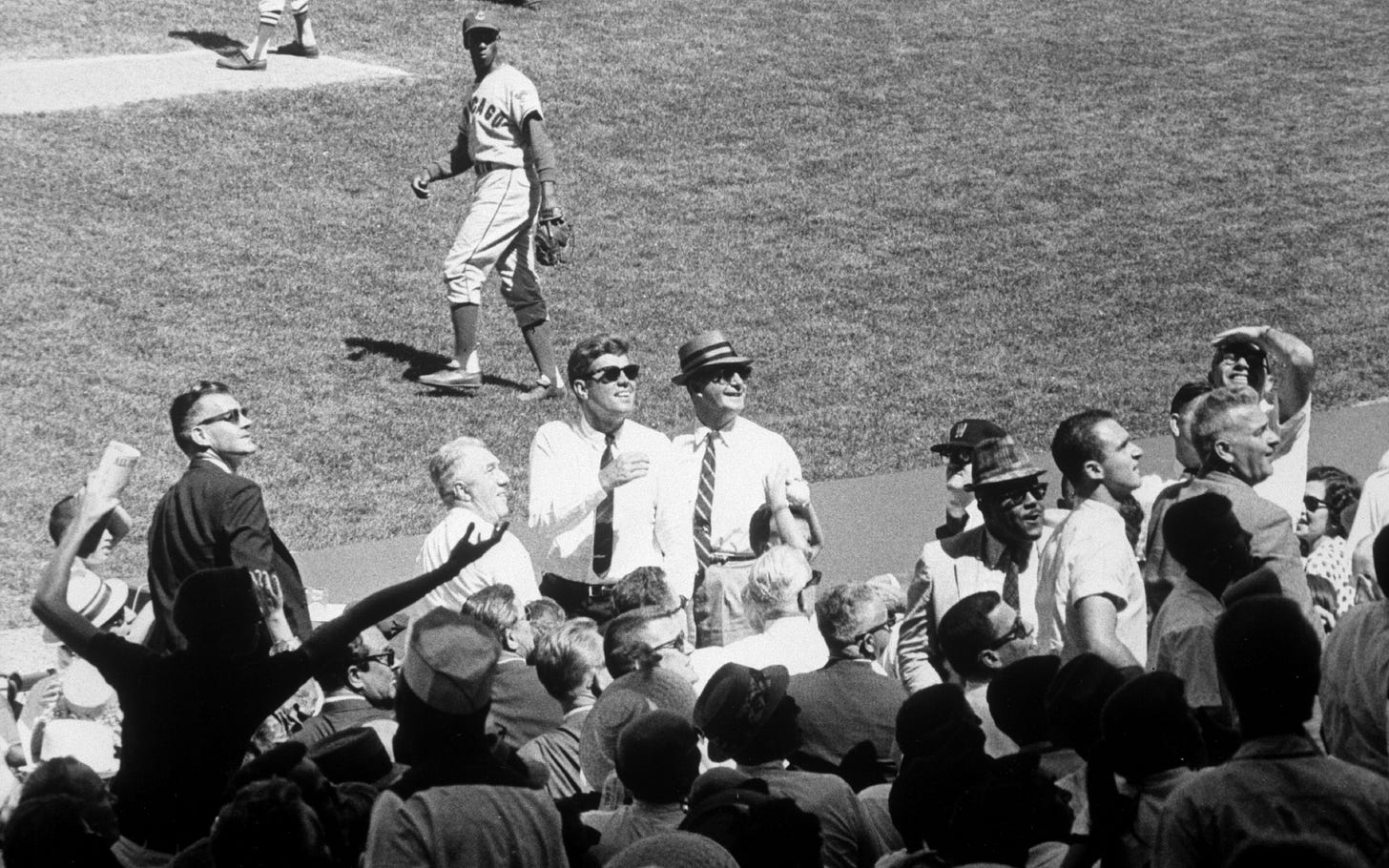
National and American league players played two All-Star Games in one season for the last time on this day.
This short-lived tradition had started in 1959 and continued until 1962. Why? Having two events every year was seen as a way to raise more money for the players' pension fund.
The pension fund was created in 1947 to attract more players to the game and support those who had retired before salaries began to escalate.
However, the decision to have two All-Star Games was controversial. Critics argued that it would dilute the game's value and be seen as a "greedy grab" for the players' benefit.
Players and owners cam to that same conclusion and decided to end the practice after the 1962 season.
July 10, 1932: Travel Expenses Shorten a Pitching Rotation
The Philadelphia Athletics, managed by Connie Mack, were playing against the Cleveland Indians.
To save on train fare for the single-game series, Mack decided to bring only two pitchers on the train ride: Lew Krausse and Eddie Rommel.
While it was not unusual for teams with one-day road trips to give some players the day off, it was seen as a risk bring just two pitching options - even for the 1930s.
Krausse started the game but gave up four hits in the first inning. As a result, he was replaced by Rommel, who ended up pitching 17 innings in relief.
Despite giving up a major-league record 29 hits, Rommel secured the win for the A’s with a final score of 18-17.
On the other side, Cleveland's Johnny Burnett set a major-league record by collecting nine hits in 11 at-bats. This remains an all-time record for the most hits in a single game.
Meanwhile, Jimmie Foxx of the Athletics performed outstandingly, stroking six hits, including three home runs. This resulted in a record-tying 16 total bases.
July 11, 1914: The Babe Makes His Professional League Debut

On this date, George Herman "Babe" Ruth made his major league debut, pitching seven strong innings to lead the Boston Red Sox over the Cleveland Indians (now known as the Cleveland Guardians), 4-3.
He was just 19 years old at the time. Despite his impressive pitching performance, Ruth did not fare as well at the plate in his debut game, going 0 for 2.
Ruth had a difficult childhood and was sent to St. Mary's Industrial School for Boys, a reformatory, at age seven. In 1914, the Baltimore Orioles signed him as a pitcher, and later that summer, he was sold to the Boston Red Sox. His teammates called him "Babe" due to his naive nature.
After his debut, due to a loaded roster, Babe was optioned to the Red Sox minor league team, the Providence Grays. Here, he led them to the International League pennant. During his time with the Grays, Ruth went 23-8, finishing second in the IL in wins. He also hit his only minor league home run on September 5, 1914, during a game against Toronto.
Ruth's career quickly took off from there. He developed quickly as both a pitcher and a hitter. When the Red Sox made the World Series in 1916 and 1918, Ruth starred, setting a record with 29 2/3 consecutive scoreless innings in World Series play.
His career record as a pitcher for the Red Sox was 89-46.
Red Sox owner Harry Frazee sold Ruth's contract to the New York Yankees before the 1920 season. Ruth switched to the outfield with the Yankees and hit more home runs than the entire Red Sox team in 10 of the next 12 seasons.
July 12, 1979: Fans Go Wild, Get Destructive in Chicago
A promotional event known as "Disco Demolition Night" took place at Comiskey Park in Chicago, Illinois. This event was held between games of a two-night doubleheader between the Chicago White Sox and the Detroit Tigers.
The event was the idea of Steve Dahl, a Chicago radio DJ who had positioned himself as an anti-disco culture warrior. The White Sox, seeking to fill seats at Comiskey Park during a slow attendance season, partnered with Dahl for the promotion.
Dahl's sponsoring radio station was WLUP (97.9 FM, now WCKL), so admission was discounted to 98 cents for attendees who turned in a disco record. Between games, he promised to destroy the collected vinyl in an explosion.
White Sox officials had hoped for a crowd of 20,000, about 5,000 more than usual. Instead, at least 50,000—including tens of thousands of radio station listeners—packed the stadium, and thousands more continued to sneak in after capacity was reached and gates were closed. Staff did not collect many records and were thrown like flying discs from the stands.
At the event's climax, a crate filled with disco records was blown up on the field. The explosion damaged the playing field, and thousands of fans stormed the field and remained there until riot police drove them away.
The second game was postponed due to field damage and delays, but was eventually marked as a forfeit by the White Sox.
This event is often cited as a symbolic death of disco. It was a major backlash from rock music fans against the dance-oriented disco, the most popular music genre in the United States in the late 1970s.
July 13, 1999: Pedro Martinez Dominates the All-Star Game
Red Sox pitcher Pedro Martinez made history during the 1999 All-Star Game at Fenway Park in Boston, MA. He became the first player to strike out the first four batters in an All-Star Game. The players he struck out were none other than Barry Larkin, Larry Walker, Sammy Sosa, and Mark McGwire.
This feat tied an American League record for the most strikeouts in the first two innings of an All-Star Game. His performance earned him the Game MVP honors, making him the second player in All-Star Game history to be named MVP as a member of the host team.
The game resulted in a 4-1 victory for the American League. This performance is often regarded as one of the most dominant in All-Star Game history and solidified Martinez's reputation as one of the greatest pitchers ever.
His performance was so impressive that it is often compared to Carl Hubbell's 1934 All-Star game, in which he struck out five Hall of Famers, including Babe Ruth, Lou Gehrig, Jimmy Foxx, Al Simmons, and Joe Cronin.
What Do You Think?
Thanks for Supporting the Show!
If you haven’t yet, would you consider becoming a paid subscriber?
You get:
The ad-free version of our weekly main show 'Rounders' a whole DAY EARLIER.
A sneak peek at our secret list of upcoming episodes.
A chance to share your thoughts, which I might just read out in the episode.
Exclusive chats, events, and more fun stuff only for our members.
And if you're feeling extra awesome, join our 'Starting Nine' crew. Help shape the show, pick episode topics, and even get a shoutout as a producer.
Let's make 'Rounders' the top baseball history show together!


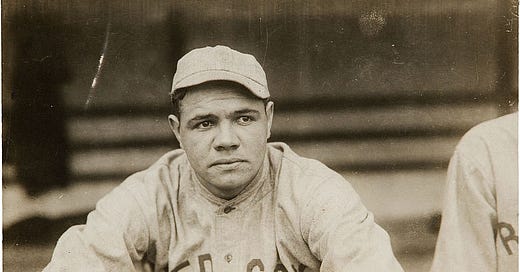






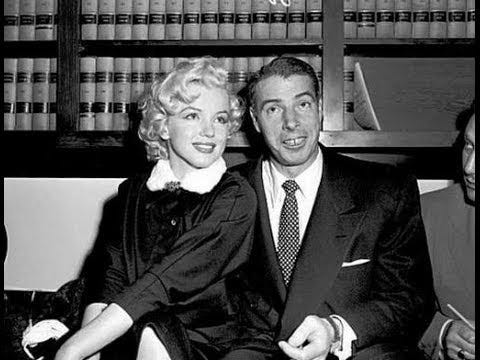
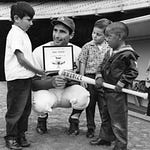

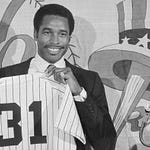
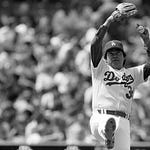

Share this post